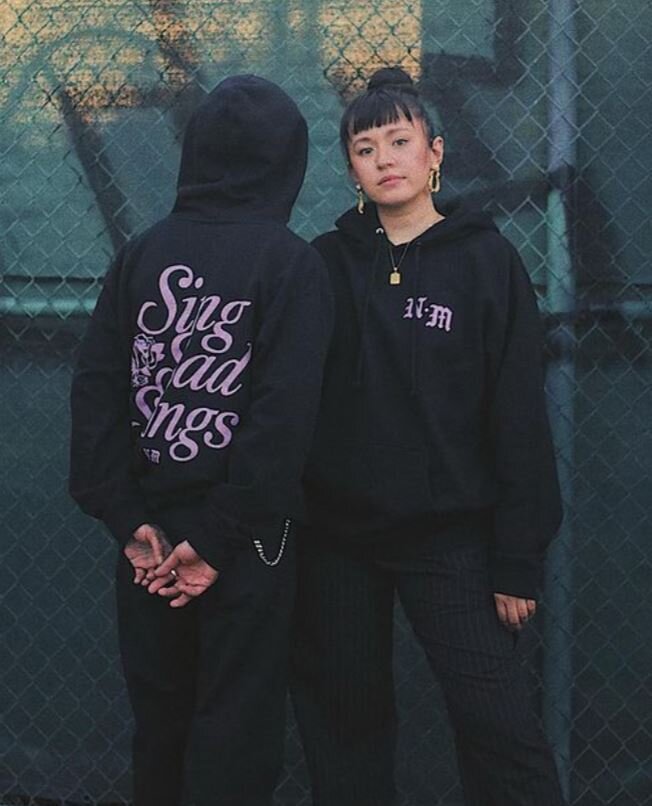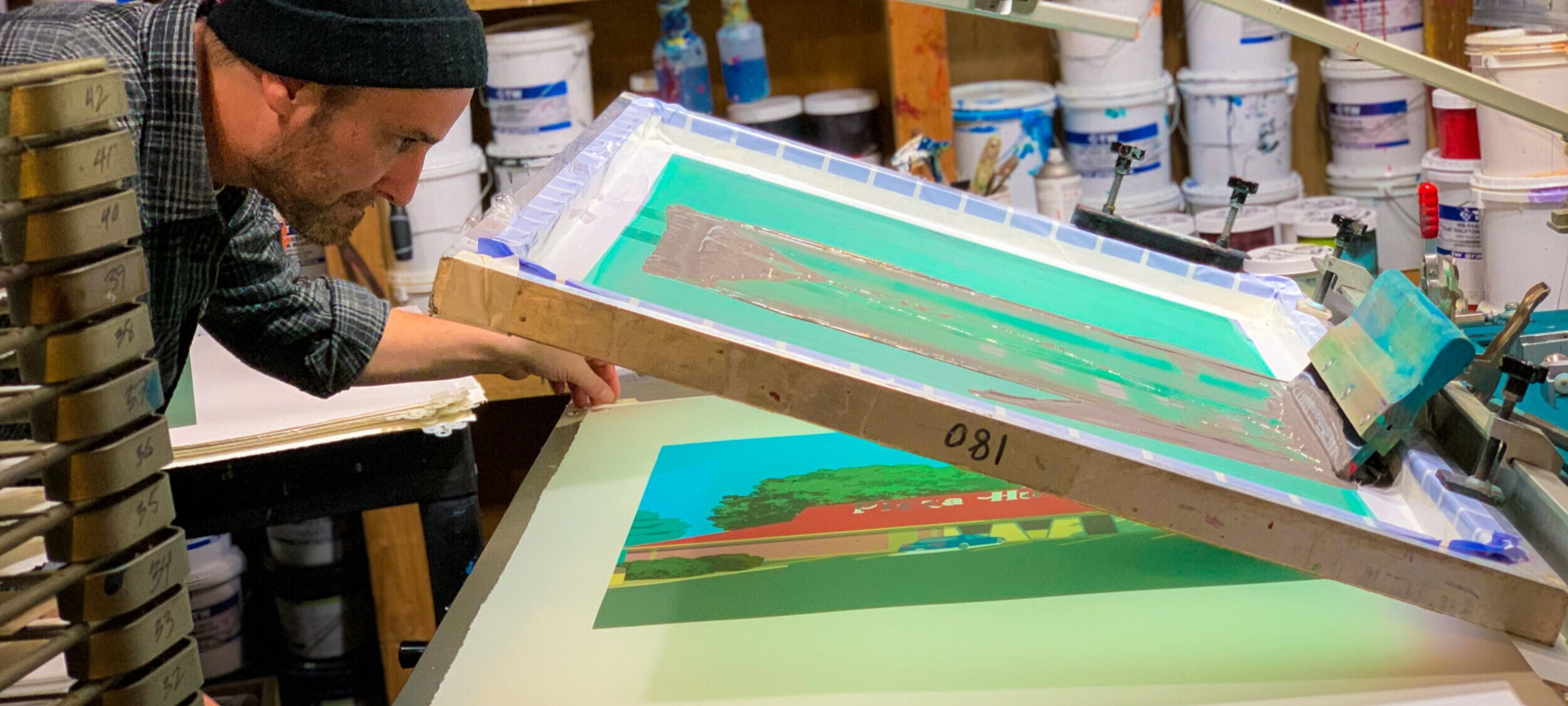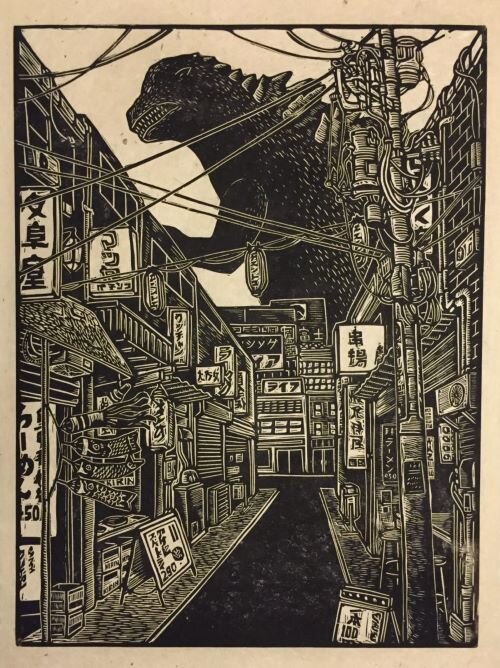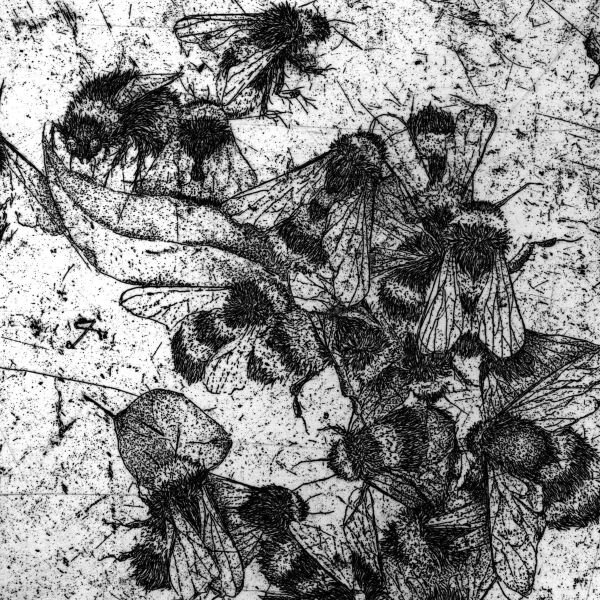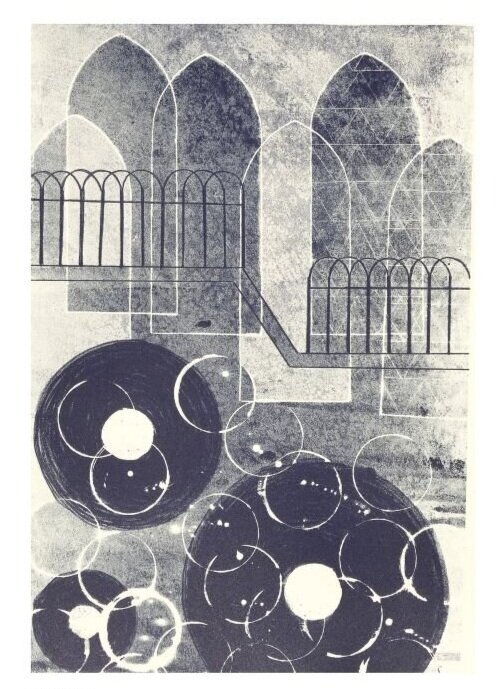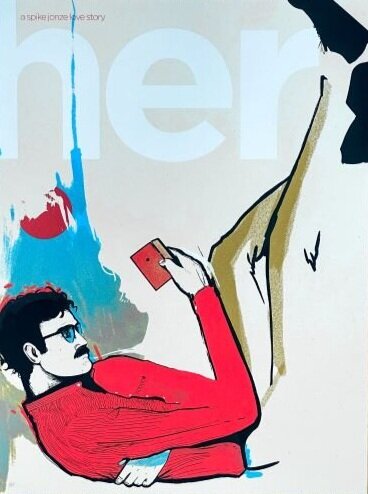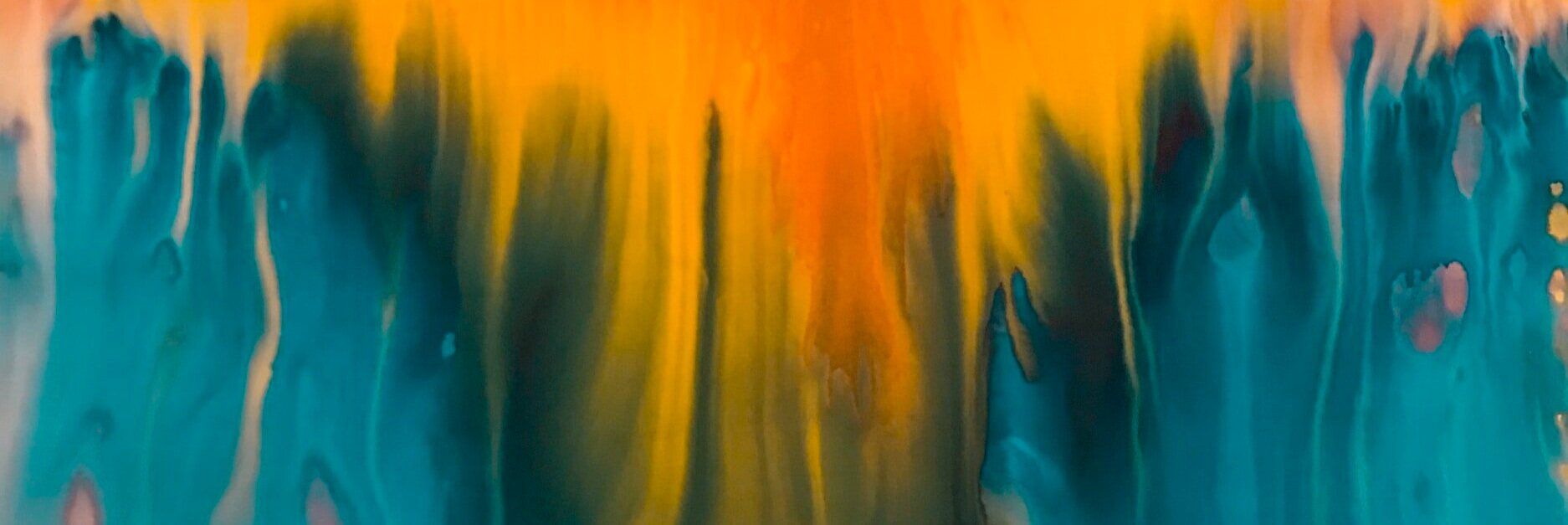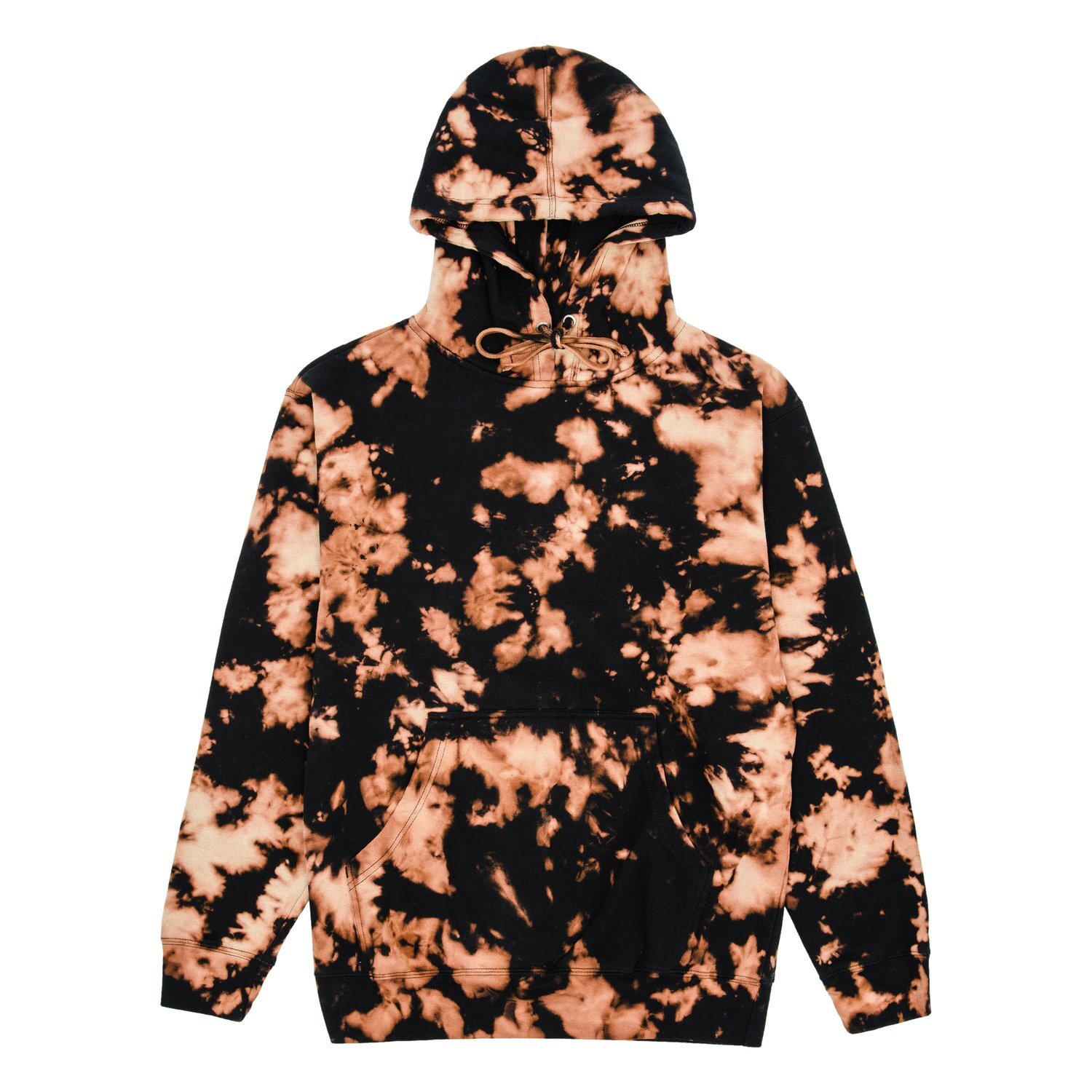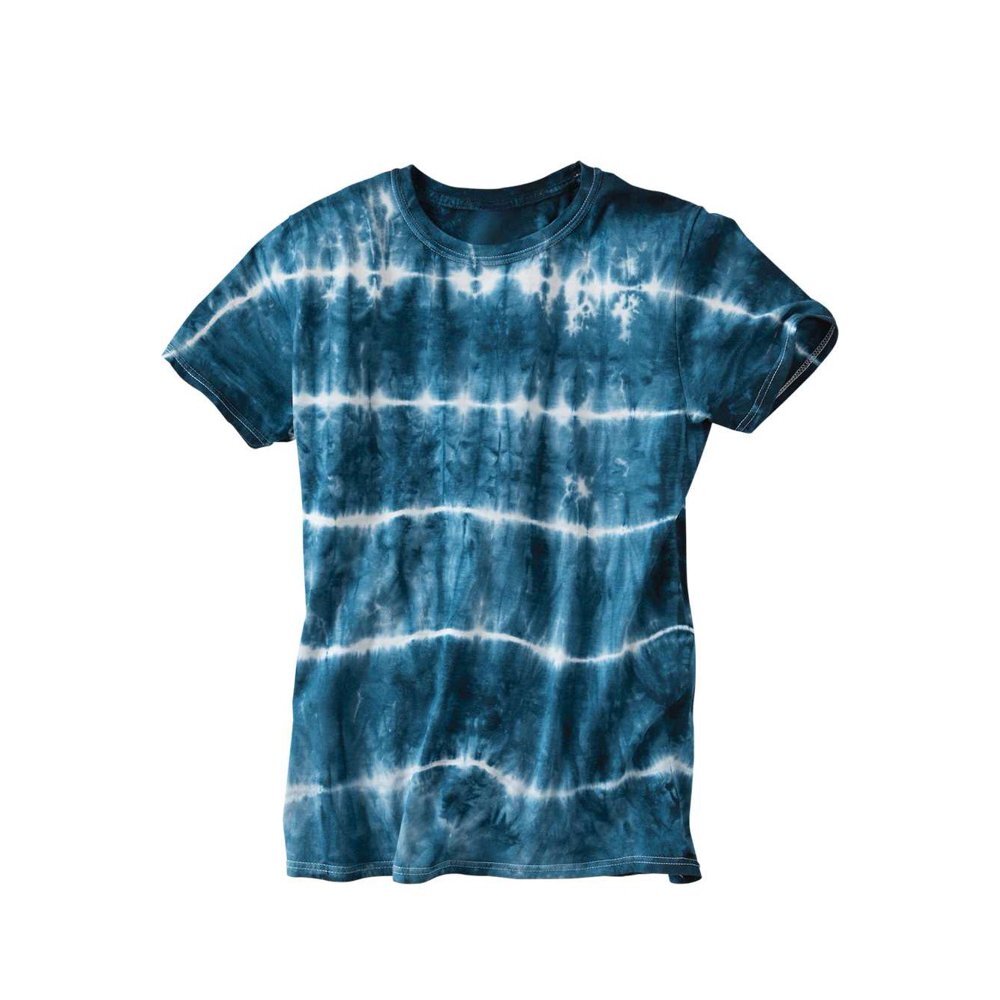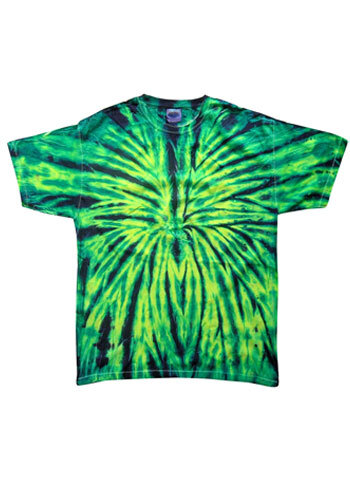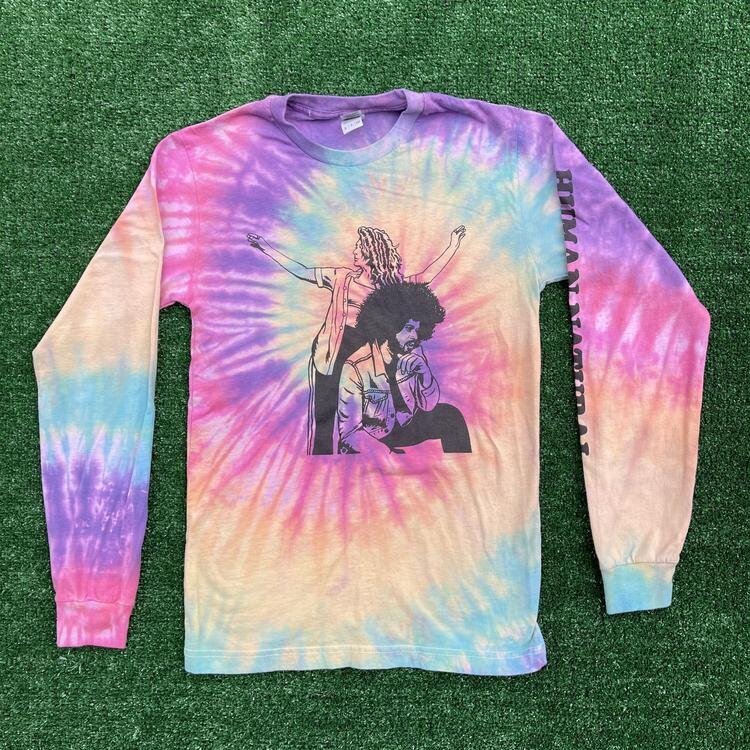Author: Irene Floridia
Our clothing doesn’t just cover us up, it showcases who we are. For many of us, the brands we choose to support align directly with our personalities. Clothing brands aren’t just started to make money, they’re founded on the idea of self-expression. For many of us, what we wear is an essential part of our identity. It’s the brands that are able to tap into that identity who stand the test of time.
In the fast-paced, internet-driven world we live in today; starting a successful clothing brand has become more challenging than ever, but it’s also the most exciting time to jump into the game. That’s why we’re here to help you in your quest to bring your new clothing brand to life.
5 Essential Steps Before Starting your Business
Besides the obvious actions you will need to take when contemplating starting your own business, there are preliminary steps you should take before spending money on merchandise or other services such as screen printing t-shirts. When starting your own brand, you will want to follow these steps as a guide to ensuring you have a successful launch.
Do your research
Market research is important when looking for the right product or the right look for your brand. You will want to ask yourself if there is enough of a demand for the product you would like to sell and identify who you want to market to. How to evaluate a business idea before taking the plunge.
Design
A well-thought-out design with unique elements that will best set you apart from the competition is critical. Having a brand identity can help you set yourself apart and the more creative the better! Check out 5 Steps to Building a Strong Brand Identity.
Create A Mockup
As you narrow down your design and create a brand identity, you will want to make sure that your design looks good on clothing. T-shirt mock-ups allow you to see what the finished product will look like and it also allows you to edit your work before you submit it to a printer. Plan out your design with these 19 Ready-To-Use Online T-Shirt Templates and Mockups.
Source Your Products
From personalized thank you notes to branded packaging, you will want to source the best materials to create trust with your customer. Sourcing the best materials will not only ensure quality but will ensure that the buyer will come back for more. At Family Industries we work with the best apparel brands to bring quality to your apparel. We also provide finishing services such as tags, packaging, and stickers.
Fulfillment
Packaging and shipping can be a stressful task, that’s why most businesses implement a shipping software like ShipStation to help them print labels and automate some of those tedious steps when shipping a product. If the time and labor required to get this done is too much, Family Industries also provides a fulfillment option for those that don’t have the time for manual labor and want to focus on the big stuff.
… but why work with Family Industries?
Family Industries does not only guarantee quality prints, we also offer branding services which include a team of graphic designers to help you with your logo or t-shirt design. We also offer white-labeling fulfillment which includes branded packaging, branded garment tags, stickers, tote bags… you name it, we print it! At Family Industries, we treat your brand as our own; quality assurance and A-to-Z guided support to help you succeed.
Quality
Because Family Industries takes such pride in the work that we do, we guarantee top-notch quality prints. We offer top of the line apparel along with inks such as plastisol, discharge, and waterbased inks as well as foils and metallics. We also use the latest printing, embroidery, and heat press equipment to get the job done and ensure customer satisfaction.
Options
Because we are a full-service print shop, we have several options for applications such as screen printing, DTG, sublimation, embroidery, heatpress, transfers, and vinyl. Our wide variety of application techniques allow us to also offer high-quality merchandise such as t-shirts, flat stock, hats, tote bags, stickers, and other promotional items.
Branding
Branding is everything - When starting your own clothing brand you need your tags to have your logo or your tag line, at Family Industries we understand the importance of branding and this is why we offer custom hang tags, woven hem, and neck tags as well as branded packaging.
Fulfillment
Because sorting through orders, packing, and driving to the post office to drop off your packages can be so time-consuming we also offer fulfillment options that include your product with branded tags, branded shipping labels, and packaging.
Author: Irene Floridia - Content Creator
Do you have a lot of ideas for your own clothing brand but don’t know where to start? Our team of graphic designers would love to help you get started. Send us a message!
























